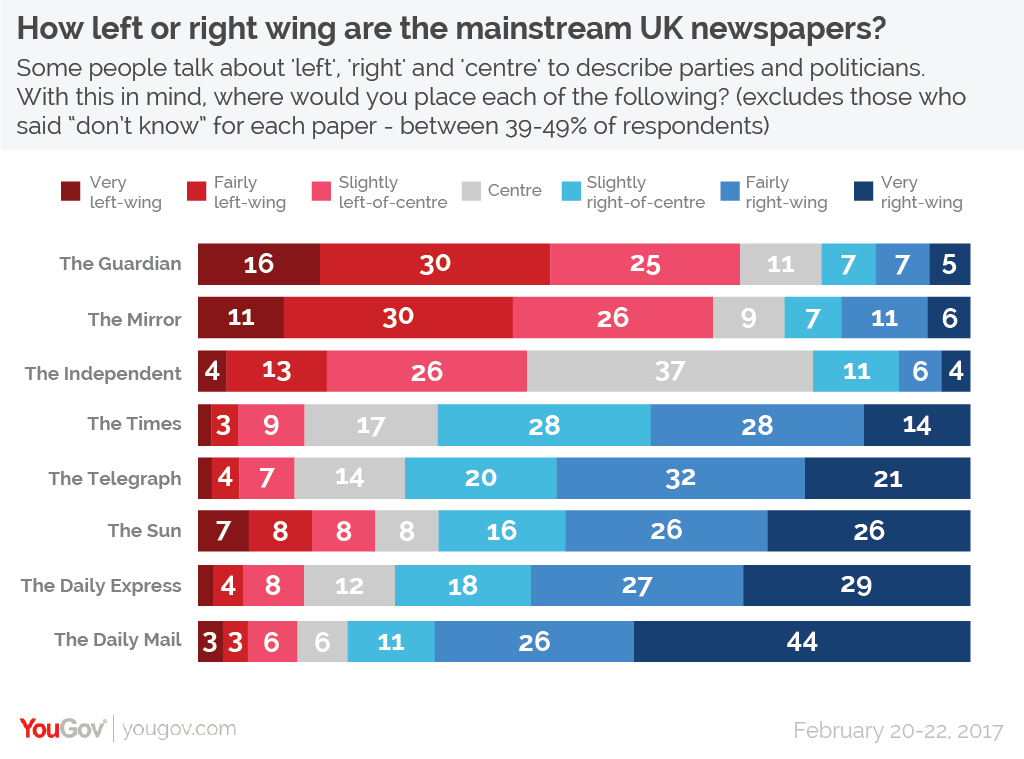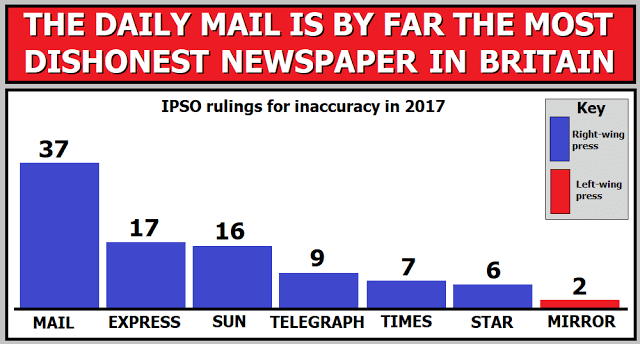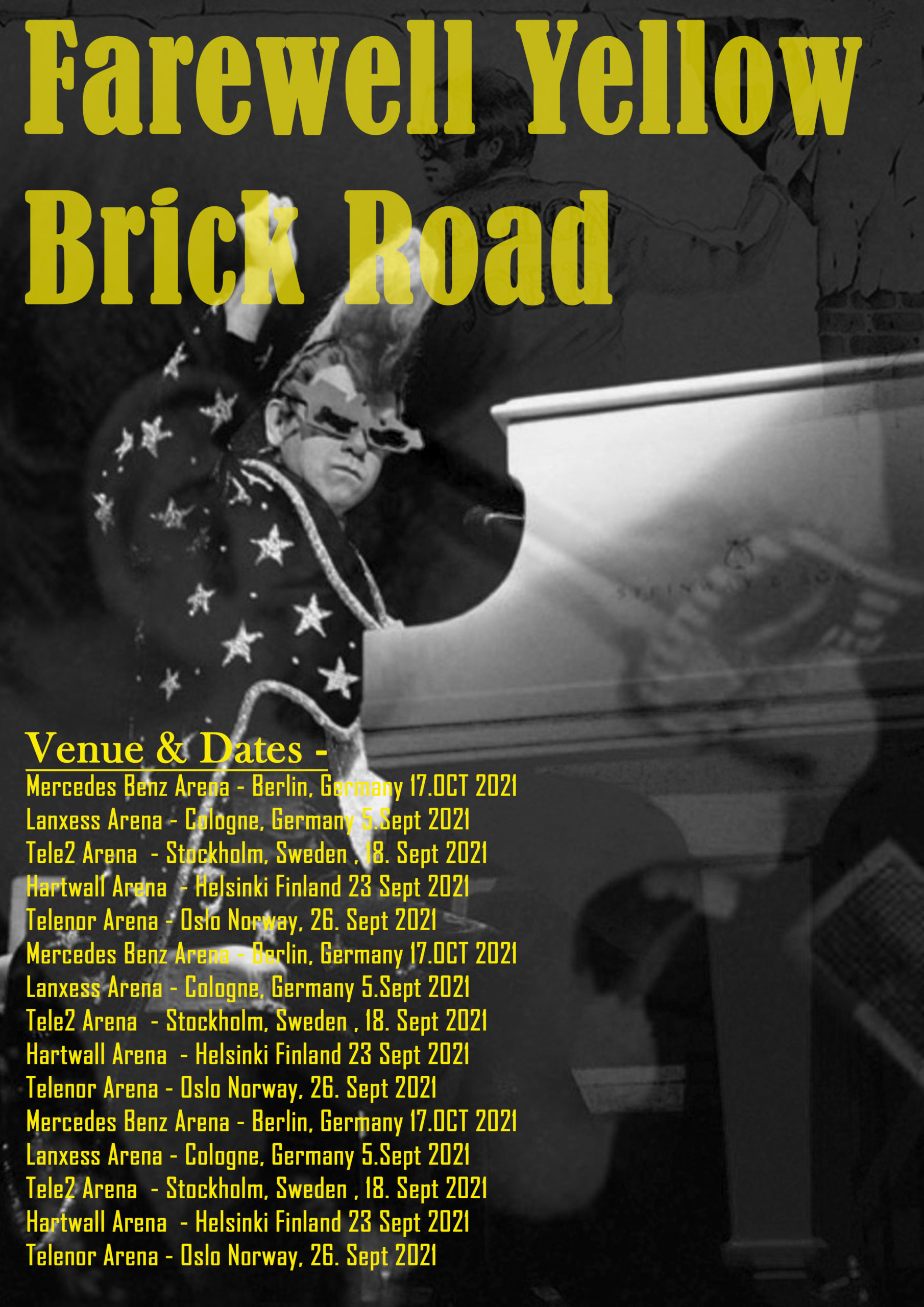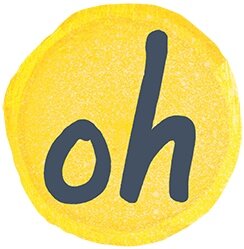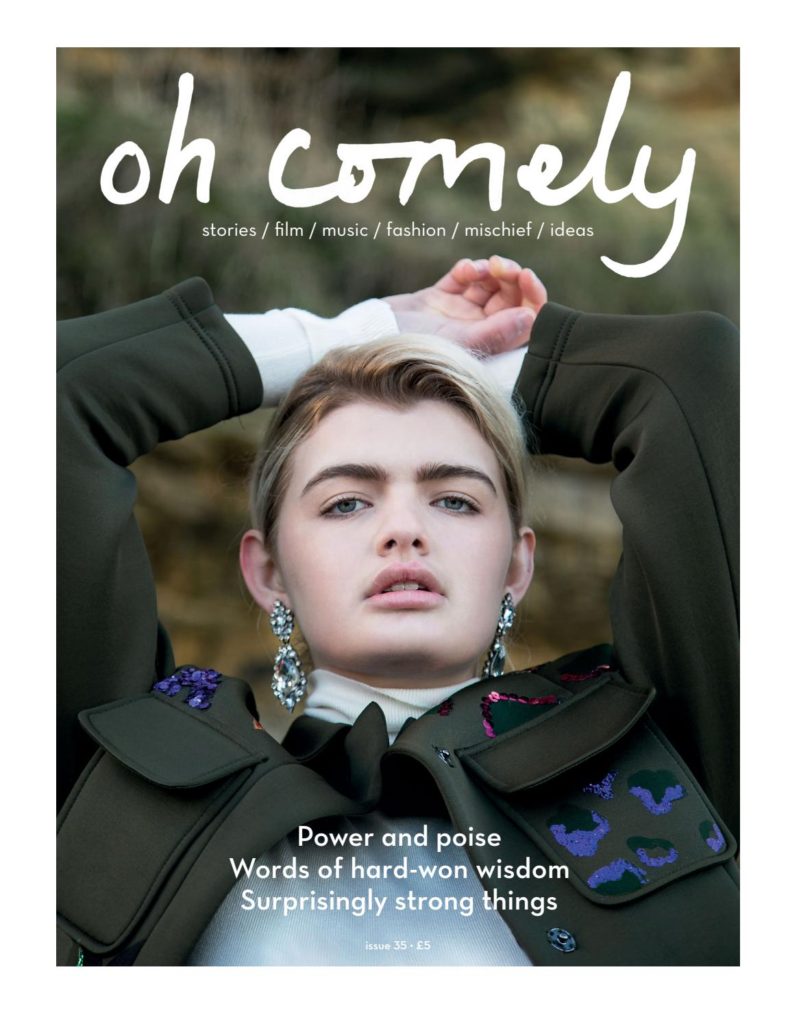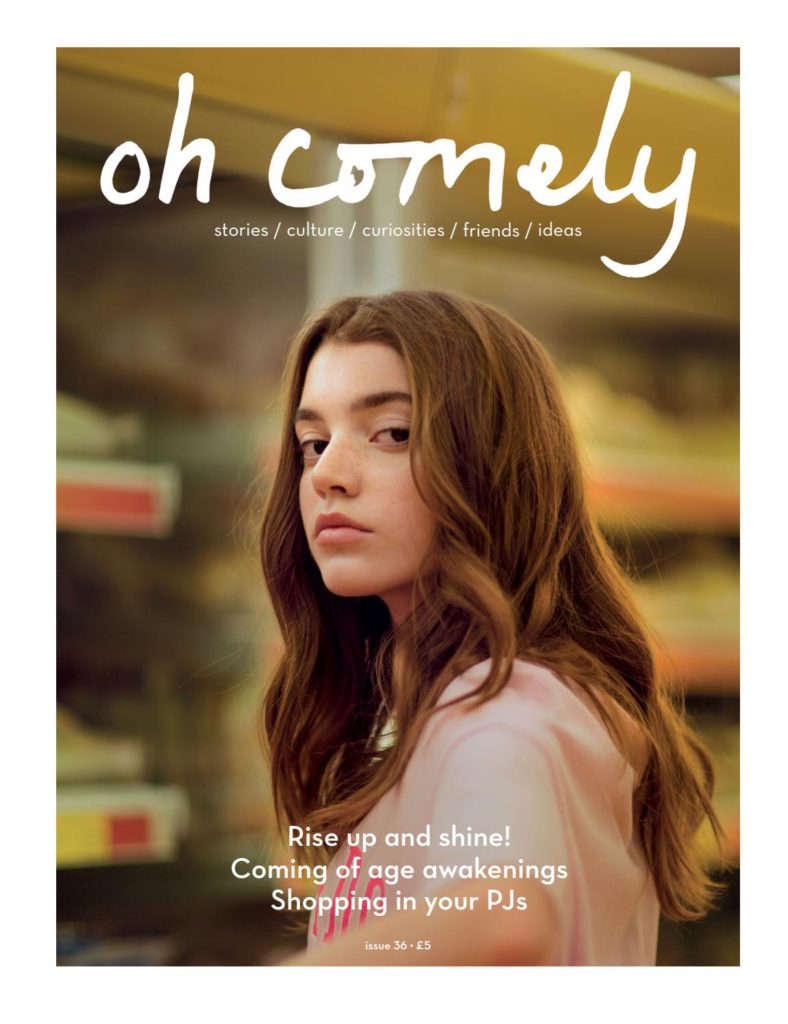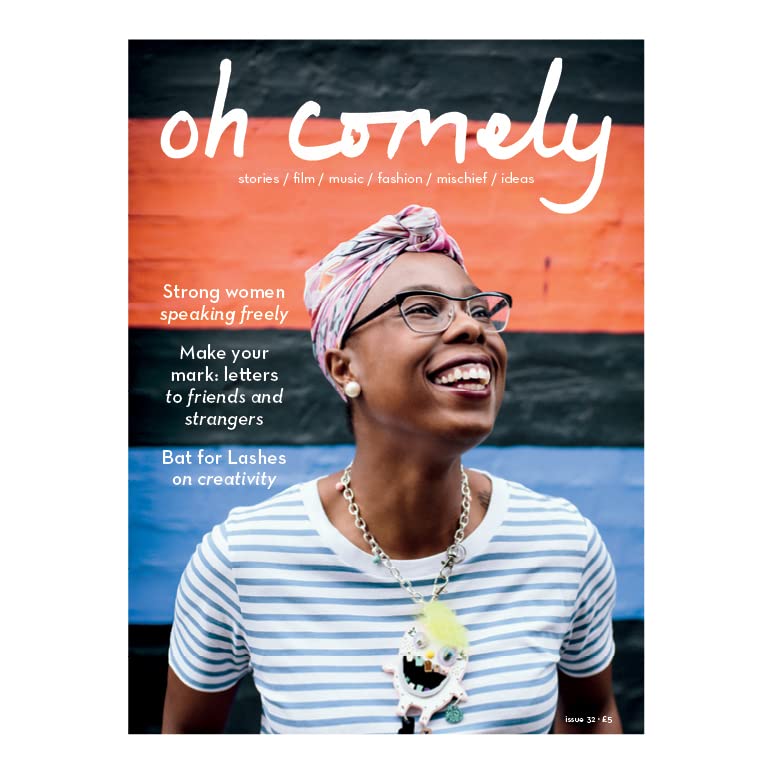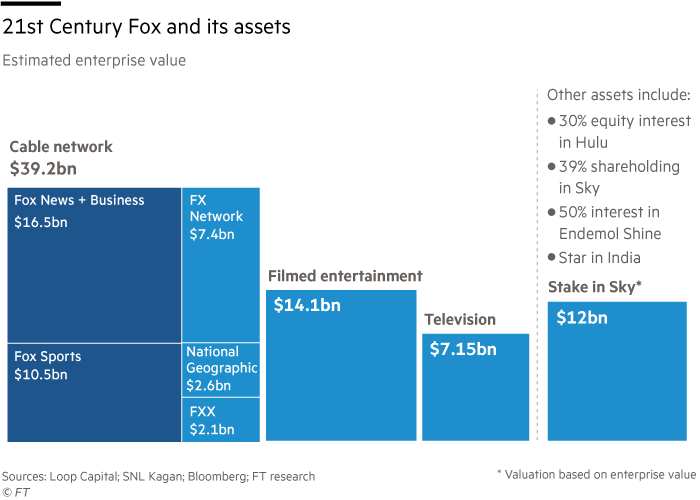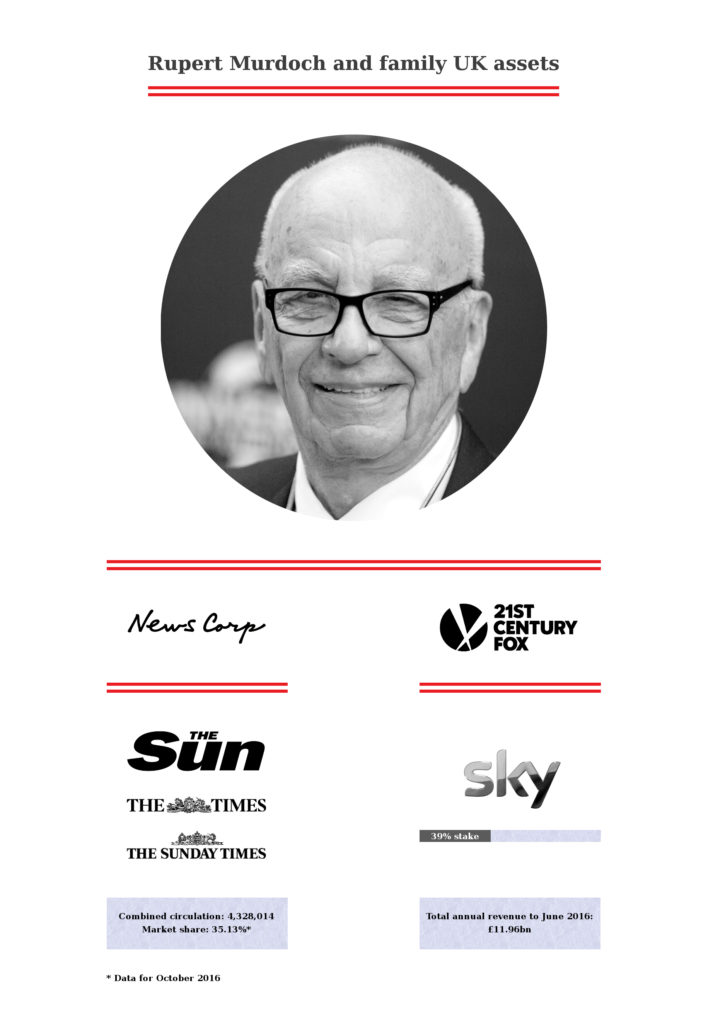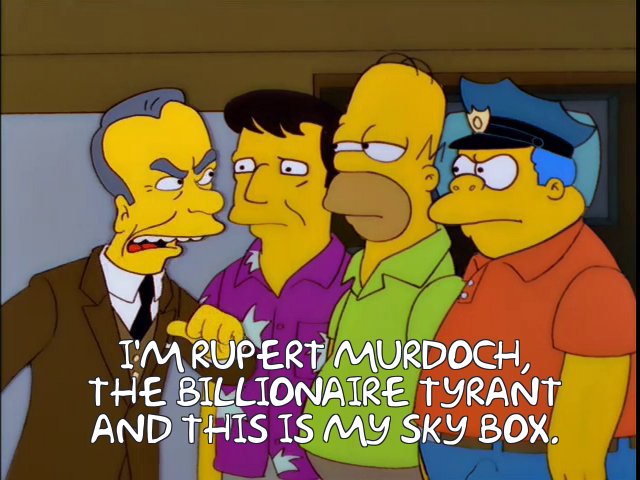Narrative Recap Notes –
Theorists –
Todorov – Narrative Structure = Equilibrium, Disruption, New Equilibrium (Includes resolution)
Levi-Strauss – Binary opposition – Themes e.g Love VS Hate, Good VS Bad
Vlasimir Propp – 8 Stock Character types, Hero, False Hero, Donor, Dispatcher, Helper, Villain, Farther, Princess.
Seymour Chatman – Satellites & Kernels
Roland Barthes –
- Proairetic code: action, movement, causation
- Hermenuetic code: reflection, dialogue, character or thematic development
Kernels are essential for the development of a plot where Satellites add extra detail and context.
Spheres of Action – One character is able to occupy a number of different rolls
PostModernism –
Postmodernism can be defined as the reimagining/ parody of something such as art. It uses the context of previous things in order to create an understanding for itself – ‘Anchorage’. This ‘New Version’ could be created or reimagined as a way to represent the modern world and dominant ideologies, rather than the past.
pastiche is a work of art, drama, literature, music, or architecture that imitates the work of a previous artist
parody is a work or performance that imitates another work or performance with ridicule or irony
An example of a pastiche work would be ‘The Simpsons’
Fredric Jameson’s (1984) notion of the ‘metanarrative’ – For example Music Videos, which can distort and fragment reality and time in order to create a sense of escapism for viewers. Similarly, Ads and Commercials use this technique in order to attract viewers into buying this product as if it is ‘Life changing’. Overarching ideas, attitudes, values and beliefs that have held us together in a shared belief, For example, the belief in religion, science, capitalism, communism, revolution, war and peace.
Bricolage – In the arts, bricolage is the construction or creation of a work from a diverse range of things that happen to be available, or a work constructed using mixed media.
Intertextuality – Relies on signs creating meaning for other signs, similar to Anchorage, it creates context which allows that piece to be interpreted/ encoded/ decoded.
Fragmentary Consumption/ Fragmented Identities – Can be created online via media such as phones which allow us to create a false/ alternate version of ourselves. This space that allows us to create this identities is continued after new products/ technologies are produced in order to allow us to continue this – Fragmented Consumption.
Habermas – Public Sphere
Spheres of Action – In a way the main character can relate to many of the ‘stock’ character types suggested by Propp.
Memento –
Hermenuetic Code – Black&White to colour – signifies the main characters memory loss. + The dull colours used.
Spheres Of Action theory can be applied as the audience feels sympathetic towards his condition. Yet the main character can also be seen as the villain as he killed someone.
Narrative = Plot = non-chronological
Binary Opposition = Past VS Present,
Kernels – The images the main character uses for his memory, Flashbacks
Roland Barthes – Enigma Code – The way in which intrigue and ideas are raised, ecouraging an audience to want more information and therefore continue with that piece of media. “I thought pleasure in reading was finding out what will happen next” referring to an enigma code.
Elision/ Ellipsis – dropping out some information that isn’t relevant
Flashbacks – are used to refer to previous events
Flashforwards- are related to future events
The flashbacks/forwards allow time to be rearranged and can create foreshadowing such as the main character killing someone in the beggining of the movie.
Dramatic Irony – When the audience is aware of something the character is not.
Parallel narrative – colour + black and white narrative
Light + Shade – seperate the heavy/ dark parts of media with the lighter parts such as humour.
Non-sequitar – mini stoylines that don’t end anywhere (e.g the escort scene in Memento) allows for more entertainment in media.
Most characters can be linked into the spheres of action theory.
Kernals – non-chronological, Teddy explaining, The fight,
Satellites – Escort scene,
Enigma – Natalies characer, changes from good to bad
Objective (physical) – The black and white scenes
Subjective(non-physical) – coloured scenes with internal monologue/ thoughts – first person
Binary opposition between Subjectivity and objectivity
What is the significance of the story of Sammy Jenkiss to Leonard? Foreshadows leonards condition and how his memories aren’t reliable.
What does this tell us about the relationship between facts, memories and fiction? Memories are subjects, facts are objective, lennys memory of his wife proves that not all memoris are reliable or truly accurate.
By the end of the film, do we feel like Leonard got the right man by shooting Teddy? – No, as he did with the previous two deaths he is likely to foget and only being looking for the killer again.
